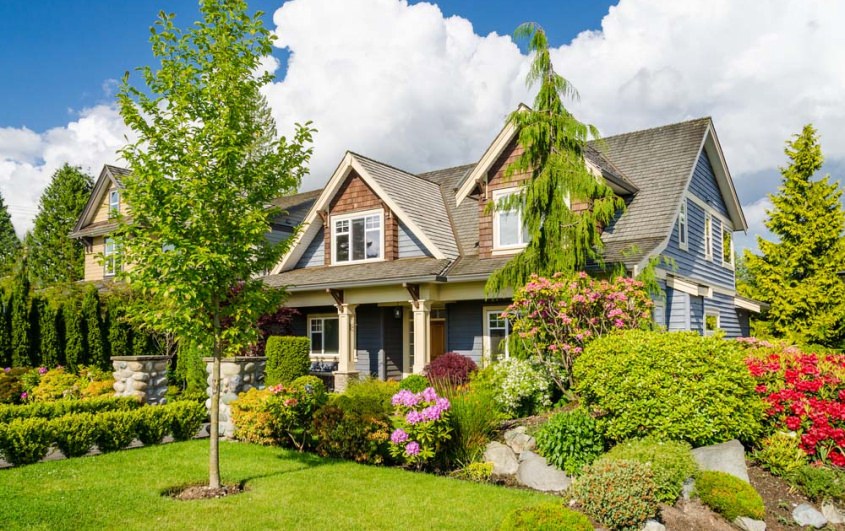Choosing a shrub or tree to grow in your yard is a thrilling experience.
You seek to select the ideal tree for your needs. Perhaps you’re seeking some shade. To match the rest of your landscape, you could prefer flowers or foliage of a specific hue. Perhaps you want a focal point or a centerpiece.
While trees are a wonderful complement to any environment, not all trees are suitable for every location.
Choosing a tree to plant should be done with care so that the tree is happy in its new home and has all of the circumstances it needs, benefiting both the tree and you for decades to come. Thanks to the online nursery, one can get plenty of options to choose from.
Things To Consider When Picking A Tree For Your Garden
You might believe that choosing a tree to plant is simple. Simply choose the one with the foliage or blooms that you want, and you’ll be alright. However, there are a few things to consider to guarantee that your transplanting is effective. Nobody wants to spend money on a new tree just for it to fail. The key to minimal upkeep, greater outcomes, and tree longevity is selecting the proper tree for your site requirements.
When choosing a tree for your garden, keep these factors in mind. Remember, if you’re unsure, your local botanist can assist you in choosing the right tree for your garden and the role you want the tree to perform. You can also turn to the online nursery for more insightful information about various tree types.
Function – Trees come in a wide variety of shapes and sizes, and they may perform a wide range of tasks and bring several advantages. A healthy tree adds to the value of a home. In the summertime, shade trees keep dwellings cool. Evergreens provide windbreaks and seclusion screens. Trees also minimize rainwater runoff, filter contaminants, contribute oxygen to the environment, offer food and habitat for wildlife, and lower carbon dioxide levels in the air.

Size – You should pick a tree depending on how tall and broad it will grow until it becomes mature, rather than how huge it seems while you’re planting it. You might jeopardize your home’s structure if you plant a tree too near to it and it becomes rather tall. Overgrown trees can obstruct front entrances and uproot walkways. Examine the area and determine how near the tree is to your home’s ceiling and when there are any overhead electrical lines to best prepare for tree size. Then take those factors into account when selecting a tree from an online nursery.
Form – Choosing the right tree form for your environment will help you save money on upkeep and increase the value of your tree. Furthermore, proper tree planting might better satisfy your landscape’s demands. For example, tall, thin evergreens may be preferable for a privacy screen because they won’t exceed utility line height when mature. Finally, when planting, keep the form in mind to ensure that trees have adequate room to flourish; planting trees too close together might limit accessible light and lead to long health problems.
Climate – Different tree species demand different amounts of light, moisture, wind, and warmth. When a tree is developing in its perfect circumstances, it becomes stronger and more vital. Conversely, a tree’s vitality might deteriorate if it is constantly exposed to unfavorable environments. This weakens the tree, making it more vulnerable to pests and disease. Selecting a tree depending on its USDA hardiness zone might guarantee that it is suitable for your environment.

